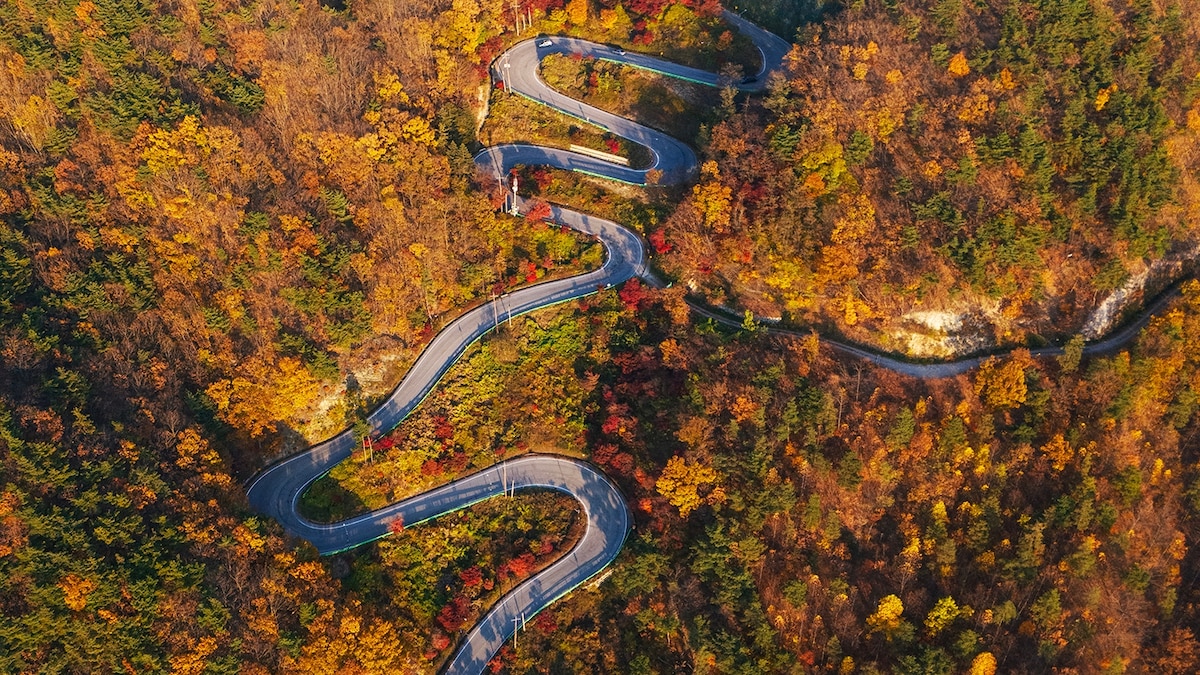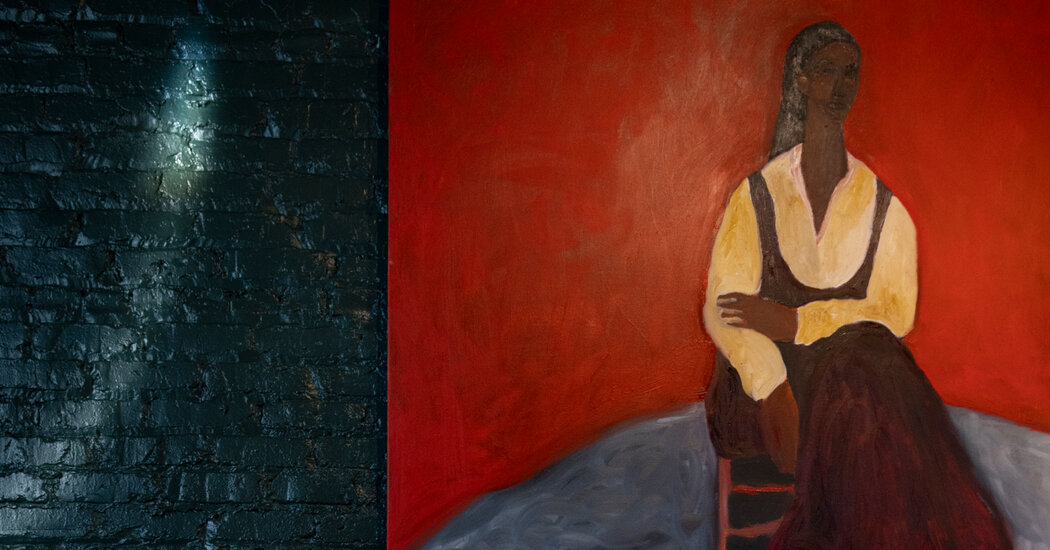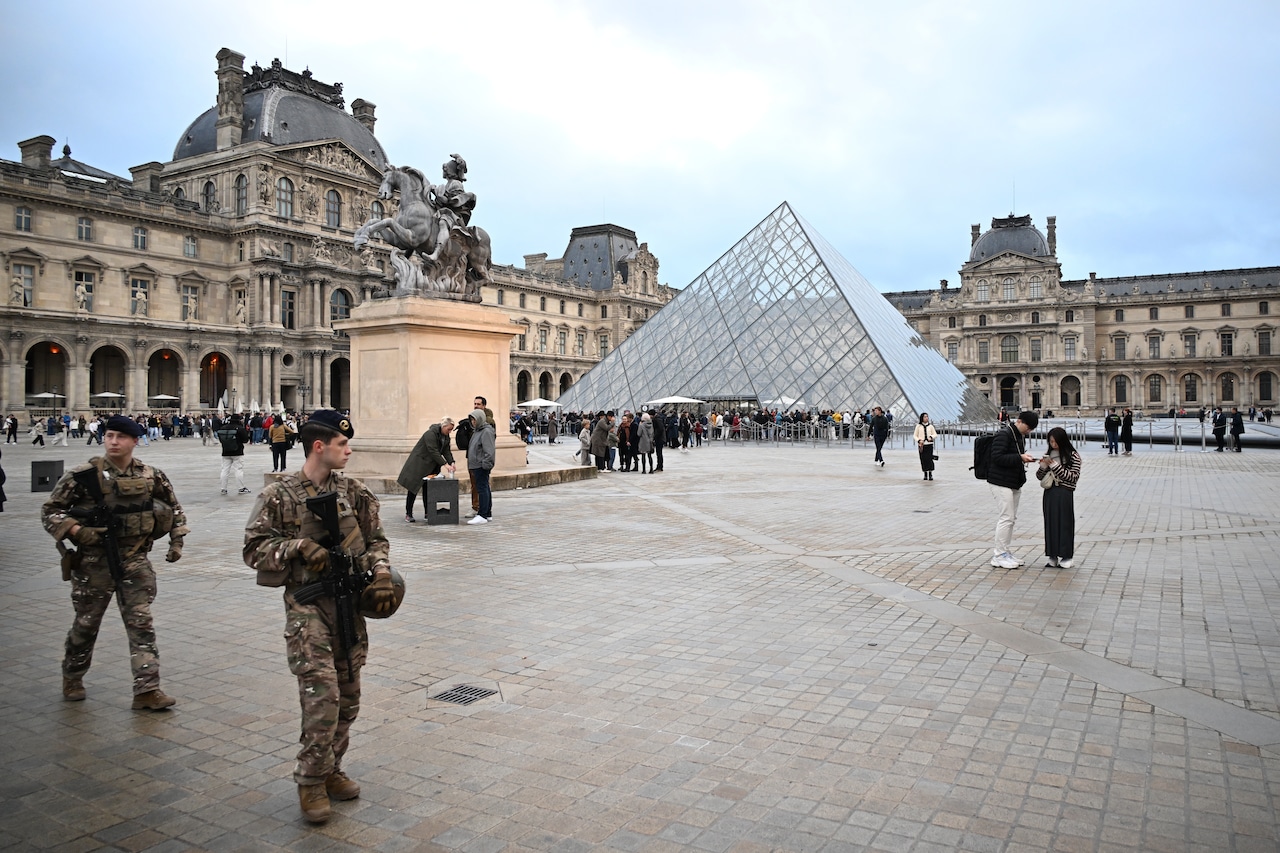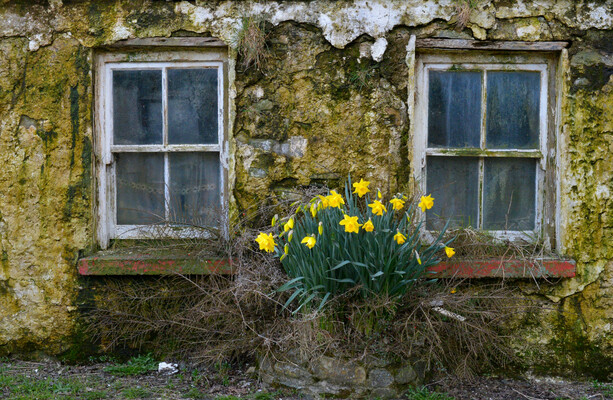Copyright National Geographic

There’s no doubt about it—South Korea is one of the world’s “it” destinations. The country’s new-found mega-popularity has found itself propelled by the music, films, and drama series of the “Korean Wave,” whose ripples only seem to increase in size every year. Even before visiting, many also find themselves addicted to Korea’s famously spicy cuisine, with dishes such as bibimbap and japchae—as well as side-dishes like kimchi, and alcoholic drinks such as soju and makgeolli—becoming increasingly popular worldwide. While Seoul and Busan are as modern as cities come, Korea is also a proudly traditional land, with unique culture and customs resulting from its two-millennium-long chain of unbroken dynastic rule. What was once known as the “Hermit Kingdom” has now well and truly crawled out of its shell, but the country remains sprinkled with Buddhist temples and hermitages, especially around its pine-covered mountains. Few visitors arrive aware that some 70 percent of South Korea is mountainous; there’s even a volcano down in the South Sea. The Dongseo Trail—South Korea’s first long-distance hiking route, running for a whopping 527 miles (849 kilometers) between the east (“dong”, in Korean) and west (“seo”) coasts—will partially open in 2026. Even before this trail opens in full, those who fancy a hike have more than 20 national parks to choose from. (See all 25 destinations that made our list of the best places to visit in 2026.) What to do Seoul’s palaces: Seoul first became capital of the nascent Joseon dynasty in 1394, and the two most prominent of its five Joseon-era palaces date back almost as far. Gyeongbokgung, the oldest and largest complex, has two great museums on-site; a short walk away, Changdeokgung is more of a connoisseur’s choice, with stunning architecture and manicured gardens. Jirisan National Park: If hiking the new sections of the Dongseo Trail appeals to you, this is the best of Korea’s national parks for a multi-day excursion. It has the highest peaks on the mainland, and lofty refuges to rest in overnight. Hahoe Folk Village: This village allows visitors a glimpse into the Korea of yesteryear: No convenience stores, neon signs, or high-rise buildings, just a clutch of immensely photogenic hanok (traditional wooden buildings), set among fields and dirt roads in the curl of a river. Haeundae Beach, Busan: While Seoul gets most of the attention, there’s a lot to be said for Busan, Korea’s second city. Its most beautiful and enjoyable area is Haeundae, where the nation’s most popular beach is lined to its north with skyscrapers, and to the south with simple shacks where you can eat great seafood, including sannakji (small octopus) so fresh that the tentacles will still be wriggling when you put them in your mouth. Jeju Island: A flight or ferry-ride south of the mainland will bring you to scenic Jeju Island, essentially one large (but thankfully inactive) volcano whose tip, Hallasan, is the highest point in South Korea. Many of Jeju’s fields and roads are lined with picturesque walls of hand-stacked volcanic rock, and there are lava tubes and craters to explore. When to go The best times to visit are during Korea’s spring and autumn seasons, which respectively run from April to early June, and September to early November. These months generally see mild temperatures and low rainfall, and as such they’re by far the best times of year for hiking and other outdoor activities. The summer months can be stiflingly hot, often hitting 95°F (35°C), and humid to boot, with heavy rains. Winters are generally dry, though the mercury can plummet to 5°F (-15°C), and much of the country can be covered with snow or ice for weeks on end. Where to eat Woo Lae Oak, Seoul: First opened in 1946, and therefore around the same age as South Korea itself, this esteemed restaurant is the best place in Seoul for not just one, but two famous Korean meals, which pair well together. Firstly, barbecued meat: Only the choicest cuts of local beef are used, including for their signature marinated bulgogi. Secondly, naengmyeon, which are soba-like buckwheat noodles, served either in a spicy paste, or an iced soup. Osulloc, Seoul: Like neighboring China and Japan, Korea makes excellent green tea, with Osulloc’s plantations on Jeju Island its most prominent source. Their stylish roost in Seoul’s Bukchon Hanok Village—full of traditional wooden housing and increasingly trendy—is a good place to sample the leaves, either in regular tea form; matcha-style in a latte or cheesecake; or even in a cocktail at the upper-floor bar. Balwoo Gongyang, Seoul: Korea is a traditionally Buddhist nation, and this delightful restaurant serves beautifully presented and vegetarian-friendly temple cuisine. Not only is the food top-notch, but Seoul’s most important Buddhist temple, Jogyesa, is right on the other side of the road, making this an ideal place to explore the country’s Buddhist heritage. Haengbokhan Imgeumnim, Damyang: The southwestern Jeolla provinces have long held renown amongst Koreans for their fine cuisine, particularly for the quantity and quality of their banchan—side-dishes that go with most meals in Korea. Here, the side-dishes are so numerous that they need their own side-table— there's up to two dozen of them, mostly vegetarian-friendly, and all delicious. Honeymoon House, Seogwipo: It'll be hard to find better views from any cafe in Korea than this place on Jeju Island, set facing the South Sea on a promontory at the back of the long-disused (but still extremely cool-looking) Paradise Hotel. Good coffee and traditional Korean desserts are on offer, and there’s a pretty waterfall just a few minutes’ walk away, plus another two bigger ones not too far beyond. Where to stay Park Hyatt, Seoul: The Park Hyatt, Seoul has long been one of the premier hotels in the country, with sumptuous rooms gazing down over the famous Gangnam area—spectacular enough by day, and even more so when evening sees the district adopt a neon glow. The swanky cafe and adjoining pool on the top level are not to be missed. Sun Cruise Hotel, Jeongdongjin: These aren’t Korea’s swankiest rooms, but they do provide a budget-friendly way to stay somewhere totally unique: A ship-shaped hotel (actually two ships) atop a cliff, for example. From the rotating cafe-restaurant on top, or the viewing platforms a few decks below, the views are quite stunning, and there’s fresh seafood on offer at nearby restaurants. Getting around International flag-carriers, and Korea’s two major airlines—Asiana and Korean Air—connect gleaming Incheon International Airport to the rest of the world. South Korea has one of the world’s best public transport systems, with excellent trains (including the high-speed KTX, and several boutique sightseeing services) and comfy buses racing to all corners of the mainland, and ferries heading to the populated islands beyond. Despite the country’s small size, domestic flights are plentiful, though most are used as a means of getting to Jeju Island. Most major cities have subway systems (Seoul’s network has over 300 stations), and even those that don’t have excellent bus networks. Taxis are affordable and ubiquitous, meaning there’s no need to rent a car. Martin Zatko was born in England, but has been in a near-continuous state of global motion since 2002. During his more productive periods, he has written or contributed to more than 70 travel guidebooks, as well as serving as a consultant at various civic and international bodies.



